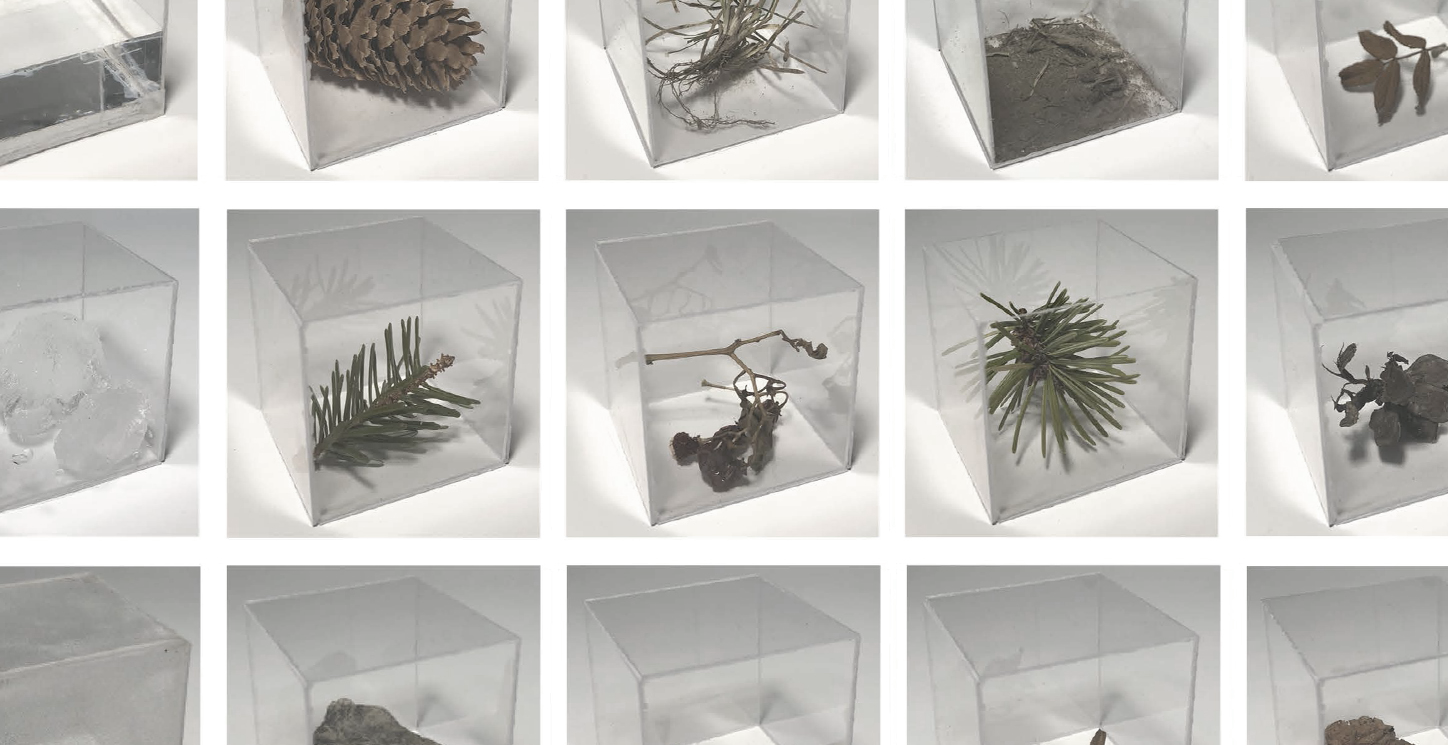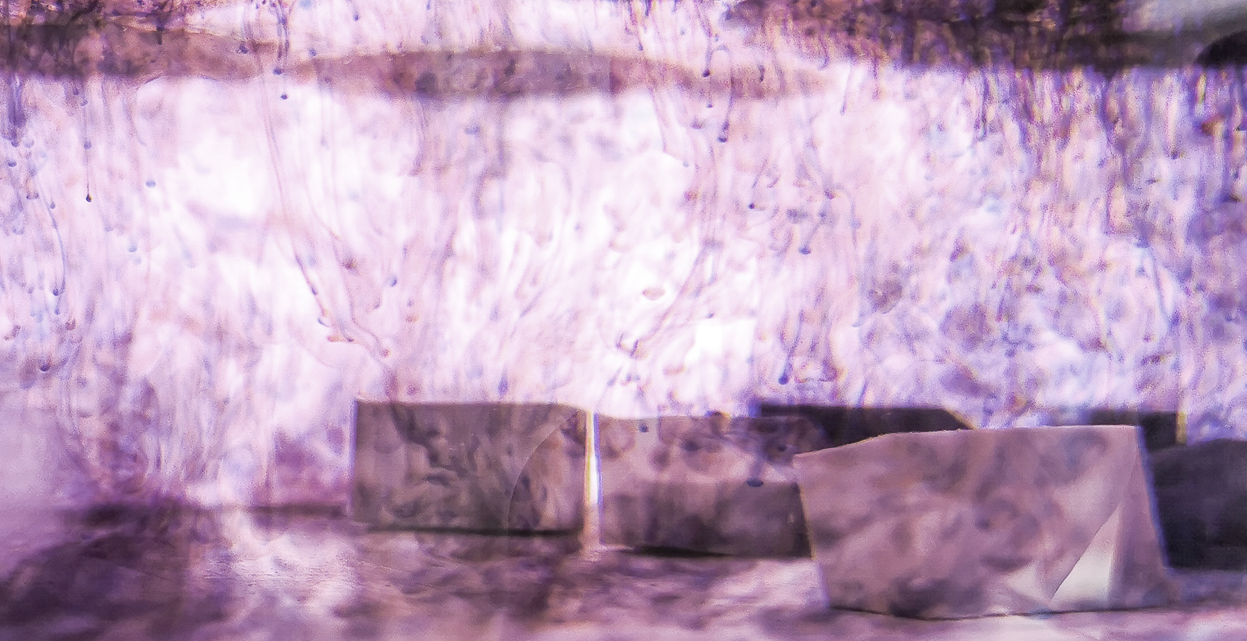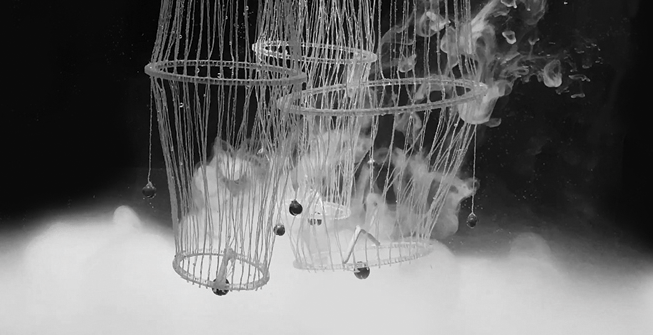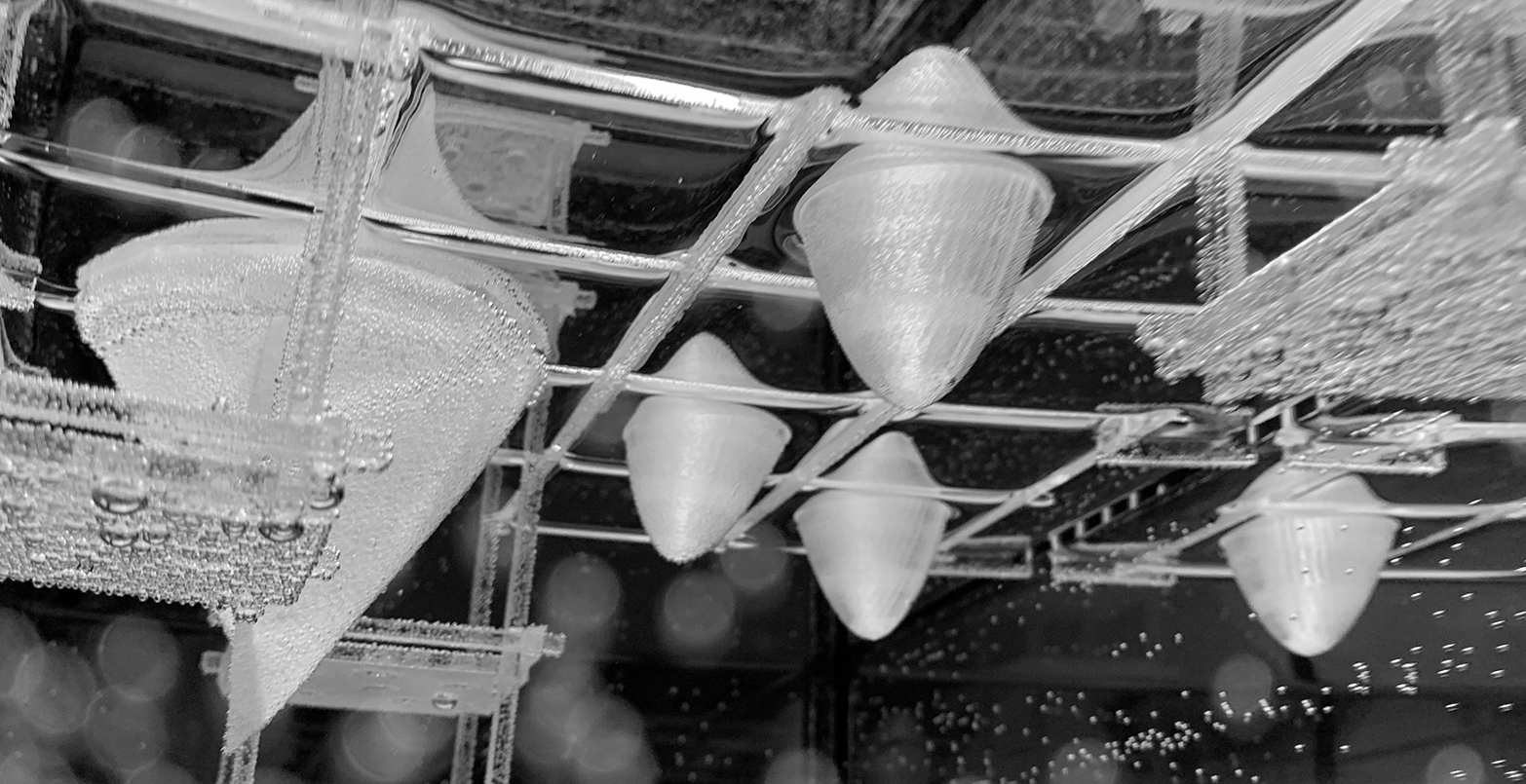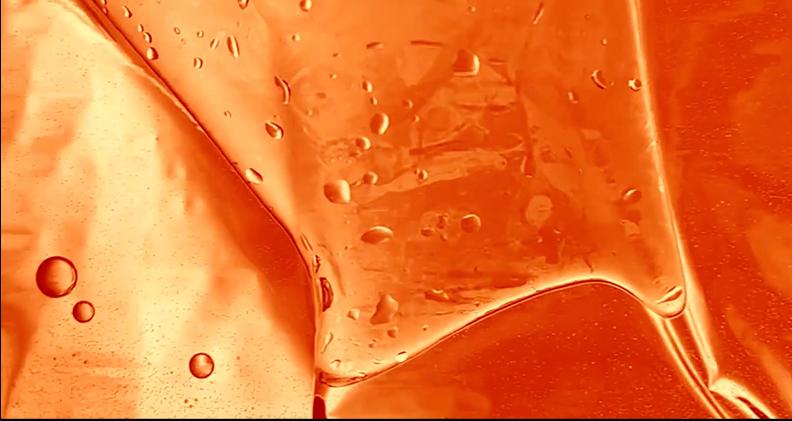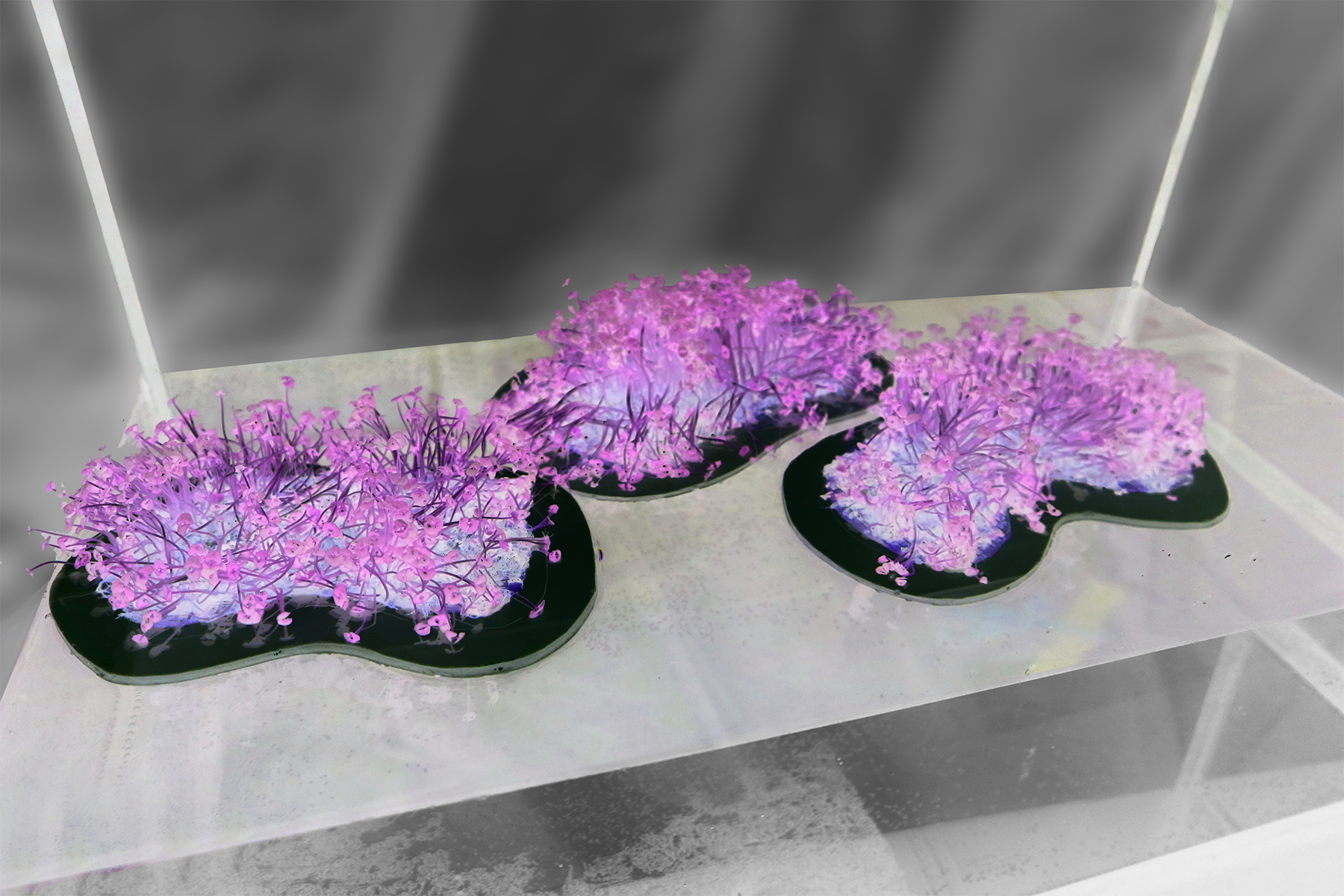Dan Vu & Tobia Graziani
Tank Worlds : Port Hope Harbour
Biomechanical Remediation
The project began with an interest in filtration across scales, from the urban fabric to the building to the micro scale of bioremediation processes. The project’s goal is to remediate both the land and water of the Port Hopes Harbor, while simultaneously rebuilding the community’s relationship with its shoreline.To address the decades of onsite refinement and storage of low level radioactive waste, the project proposes the introduction of an extended pier system programmed to remediate water through both natural and mechanical processes. The pier acts as a link to downtown Port Hope, drawing people into the site from the local community. Organised along a single infrastructural line, the project is composed of a series of interventions including aquaponics systems that interface directly with the lake, tanks for storing and filtering water, greenhouses, a farmers’ market, an adaptable performance area, and a projection area for public film screenings. All of the infrastructural systems of water conveyance are exposed through a series of pipes that weave along the elevated paths. The walkways eventually bridge to adjacent areas including West and East Beach. The pier sits within a site that is overgrown with phragmites, a species of large perennial reed grasses that extend into the harbour and other water beds throughout the site. This species operates as a natural filtration system that is a counterpoint to themechanized systems that extend above throughout the site. The phragmite fields act as visual markers forthe contamination that industry has imposed upon Port Hope since the 1930s. The intervention transforms the site into an occupiable biotic/machine hybrid landscape.















